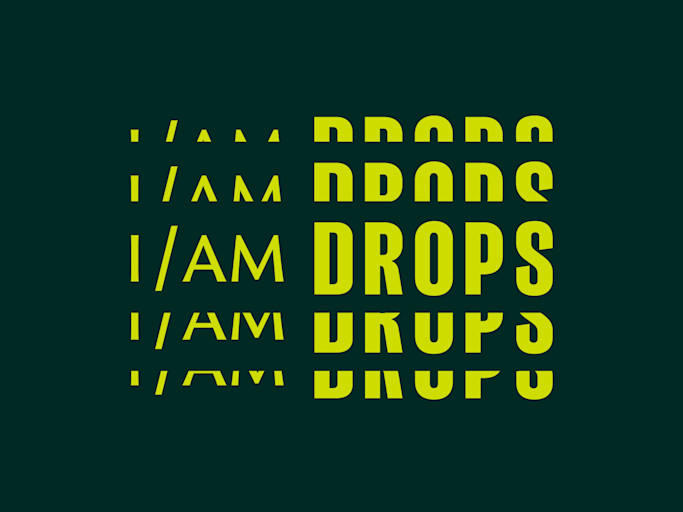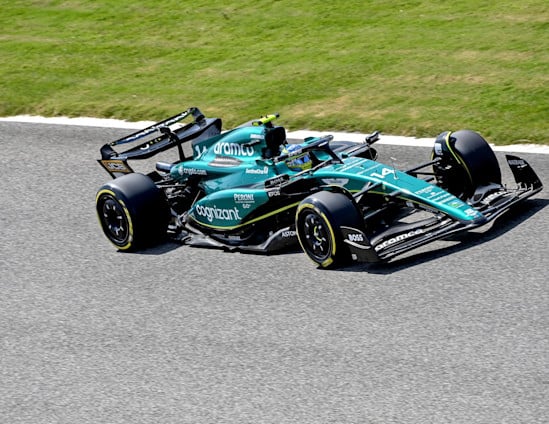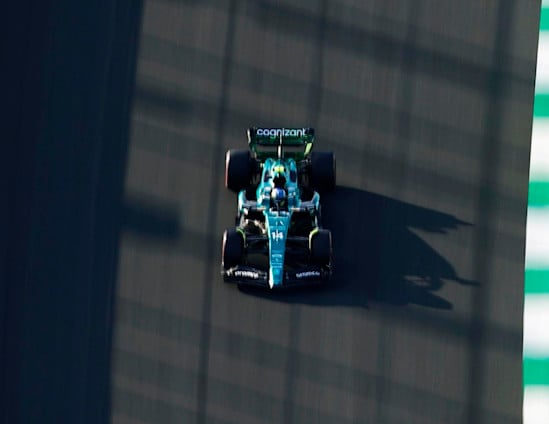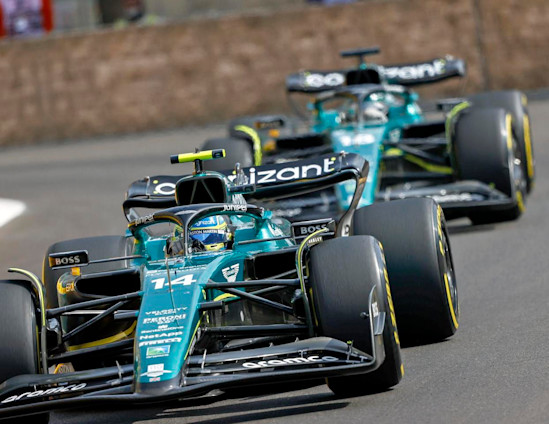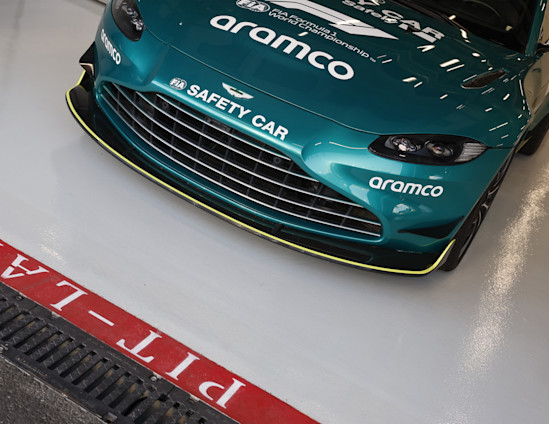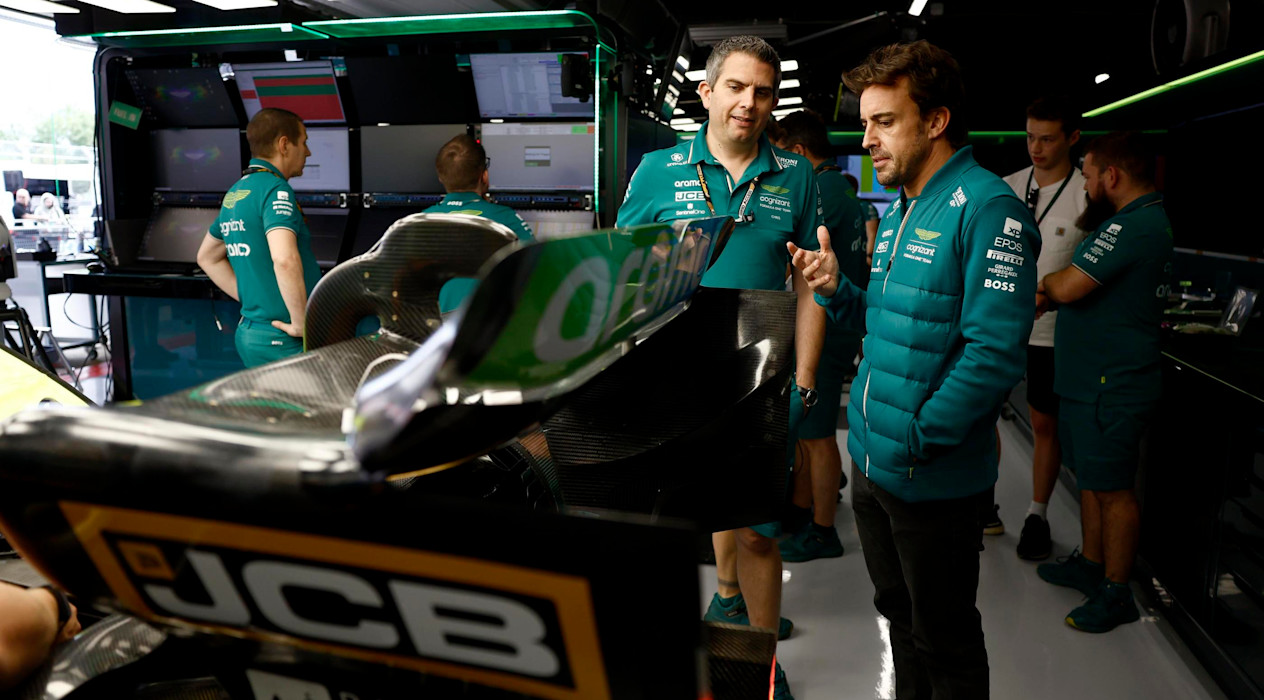
Together with our Official Trading Partner AvaTrade we guide you through the intricacies of Formula One and help you make sense of the rules and regulations you need to know. In the latest instalment, we reveal why there's more to waving the chequered flag than meets the eye.
Formula One can be a daunting place – the sport is notoriously complex. The sporting and technical regulations alone stretch a total of 290 pages and even if you read them from cover to cover, you'd still be scratching your head over the whys and wherefores of some of the rules.
Whether you're completely new to F1, have fallen head over heels after watching Drive to Survive or just looking to sharpen your already encyclopaedic knowledge of the sport, we've teamed up with our Official Trading Partner AvaTrade to help you make sense of the rules and regulations you need to know.
Ahead of the 2023 Canadian Grand Prix, we explore the rules around race distances and duration – and why there's more to waving the chequered flag than meets the eye.
How long – or short – can a Formula One Grand Prix be?
The F1 rulebook covers every facet of the sport, and that includes when the chequered flag falls on Sunday. Here's the long and short of it…
A Grand Prix distance is determined by the lowest number of complete laps required to reach a total distance of 305km. A lap of Circuit Gilles Villeneuve, host of the Canadian Grand Prix, is 4.361km. Dividing 305 by 4.361 gives us a figure of 70 laps for the Canadian Grand Prix.
Monaco is the only exception to the 305km rule, as cars cover less ground in one lap of the Principality than at any other circuit. The famously challenging street race is instead limited to 260km so as not to run beyond the two-hour time limit for Grands Prix.
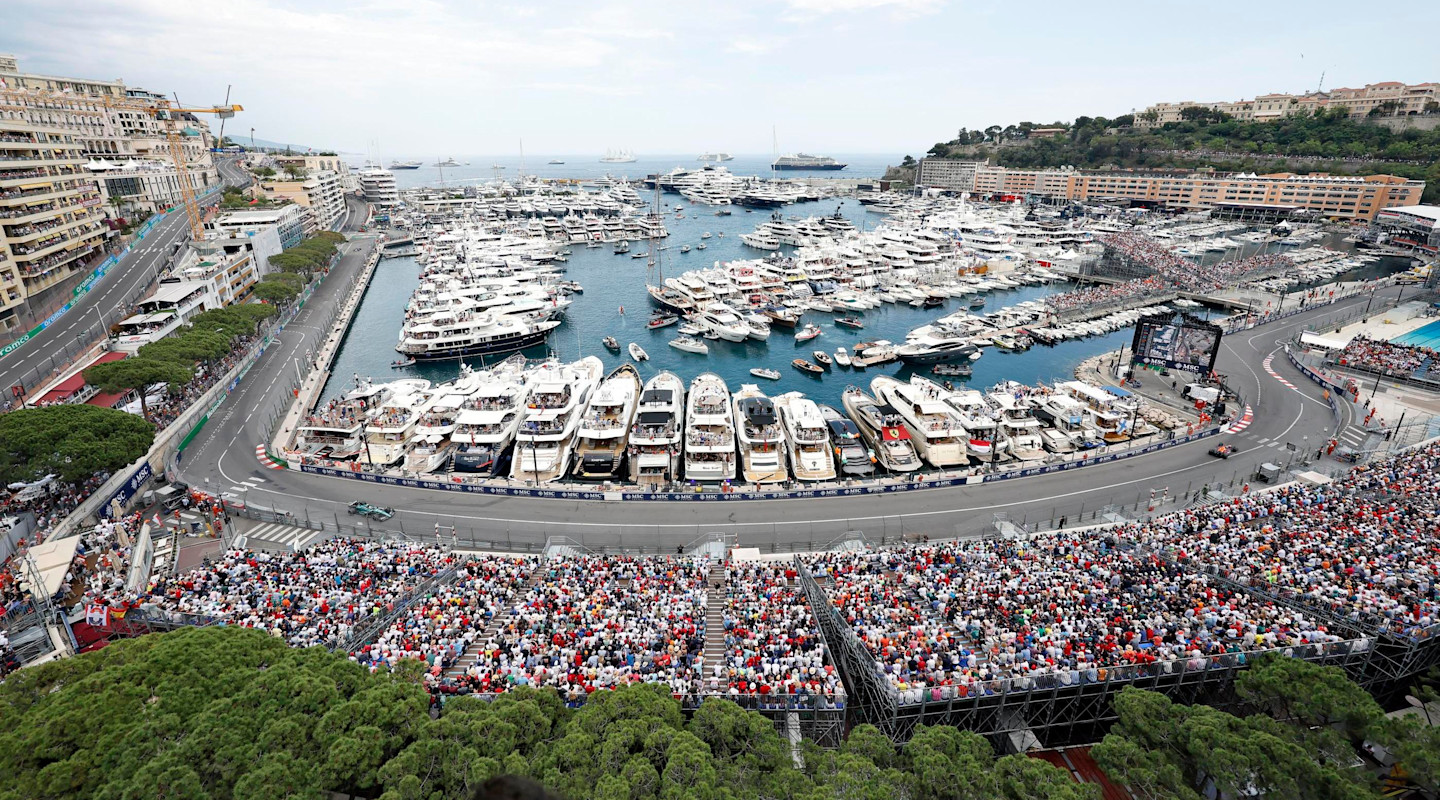
It was at Circuit Gilles Villeneuve, however, where the longest Grand Prix in history took place back in 2011. As planned, the clock began ticking at 13:00 local time.
Heavy rain made a standing start impossible so the race began behind the Safety Car. After five laps the Safety Car peeled back into the pits, only for it to return to the track a few laps later due to a collision and, soon after that, the race was red-flagged – suspended – for torrential downpours.
It took more than two hours for the race to be resumed, at 15:50 local time, and by the time the chequered flag flew for eventual winner Jenson Button – who pitted five times and served a drive-through penalty – four hours, four minutes and 39 seconds had elapsed.
When the World Championship began in 1950, Grands Prix could run for a maximum of three hours, as cars were slower and, of course, there were no live television audiences – not until 1953. From 1958, races were capped to two hours or 300 kilometres plus one lap, whichever came first, as more and more races were shown on TV.
A red flag would pause the race clock meaning the time elapsed for a race stoppage would not count towards that two-hour limit. Four decades later, in Montréal, this technicality made for the longest race in F1 history.
As a response, in 2012, races were limited to four hours including red flags, and in 2021 the maximum race time was shortened further to three hours in total.
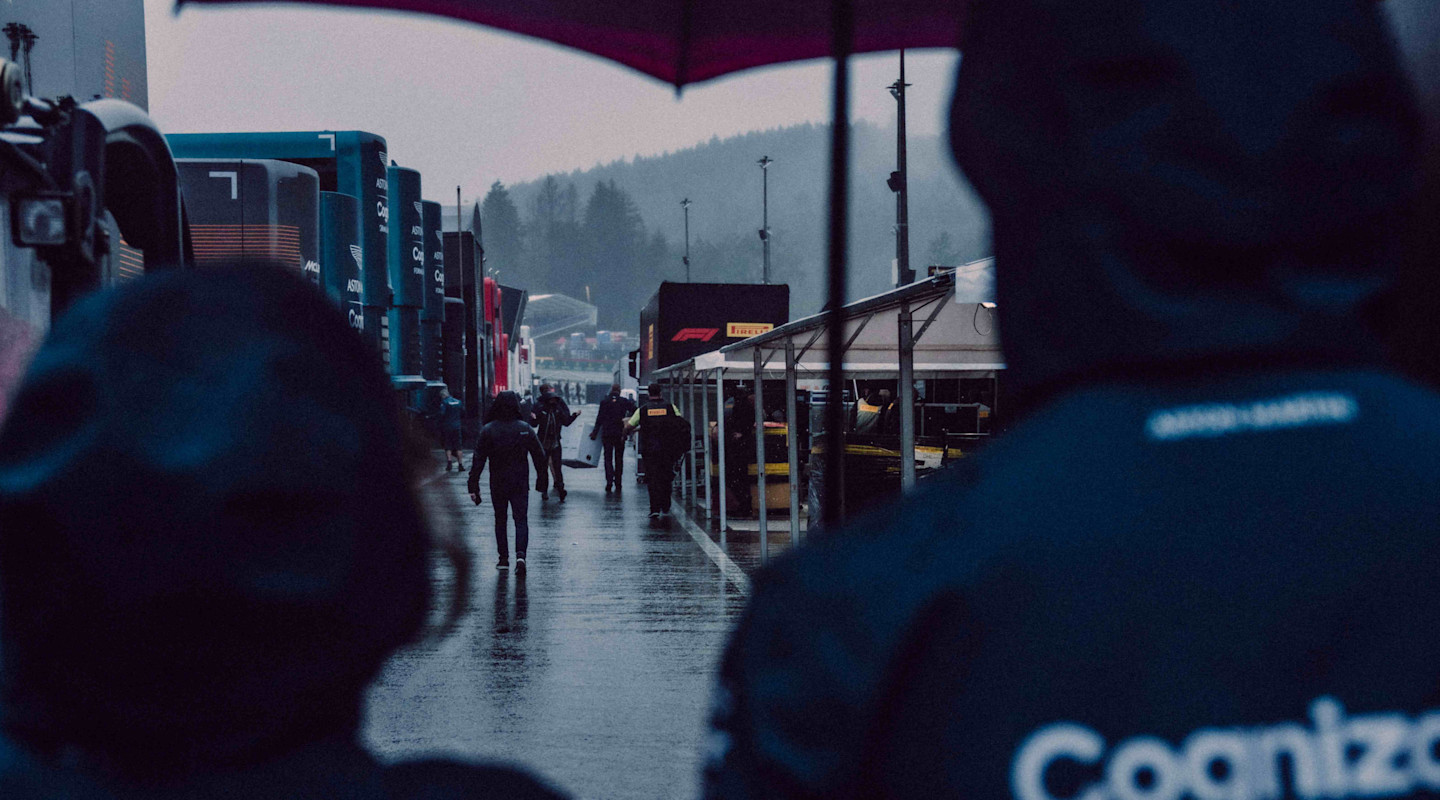
Although there is a minimum race distance, points can be awarded to the field if the leader has completed two laps of a Grand Prix or Sprint. This proved controversial at the 2021 Belgian Grand Prix – the shortest in Formula One history.
Due to heavy rain at Spa-Francorchamps on race day, there were hours of delays and suspensions to the start. The race clock only began at 18:17 local time and after two laps, the drivers were pulled back into the pits. The race was not resumed, and half points were awarded to the drivers who essentially finished in their qualifying order.
Winner Max Verstappen completed the race in just three minutes and 27.071 seconds.
This led to the sport's governing body, the FIA, introducing a sliding scale of points for races that are run to different lengths: two laps, 25 per cent of race distance, half race distance, or 75 per cent of race distance.
Learn more with AvaTrade
In the same way that a racing driver can constantly learn and improve using data, AvaTrade encourages traders to hone and refine their own skills – courses are created by experts, free to access, tightly focused and comprehensive.
You can discover more about our partnership with AvaTrade and access a suite of free educational resources designed to help you enhance your trading skills.
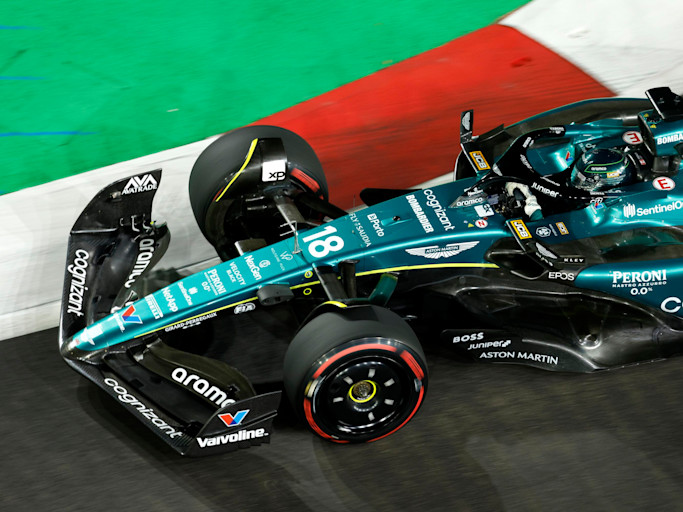
AVATRADE EXPLAINS THE F1 RULEBOOK
Amplify your fan experience
From exclusive collabs to once-in-a-lifetime prizes, I / AM DROPS is a new series of unique and ultra-limited moments and fan experiences.
Sign up for I / AM or sign in to unlock.
